May 2025 textile export update, what’s really going on?
Pakistan’s textile exports showed a mixed picture last month. Here’s what’s happened and why it matters.
Total exports in May 2025:
$1.53 billion
📢 Announcement: We're on WhatsApp – Join Us There!
That’s down 2% compared to May 2024, but there’s good news too, exports went up 25% compared to April 2025. So, while year-on-year numbers are slightly down, we’re seeing strong recovery month-on-month.
What’s behind the YoY decline?
Some key textile categories saw major drops in exports compared to last year:
- Cotton Yarn: ▼ 34%
- Cotton Cloth: ▼ 22%
- Bedwear: ▼ 3%
- Towels: ▼ 11%
- Tents & Canvas: ▼ 11%
This decline pulled the basic textile category down by a massive 24%, with total basic textile exports reaching just $181 million.
Why the drop? A mix of weaker global demand, pricing pressures, and higher costs of raw materials locally have been key challenges.
Don't miss:
- Which cars are driving the rally in auto stocks?
- 5 High ROE stocks according to Topline Securities
- Why TPLP could go higher.
What’s holding things up?
There’s a silver lining!
The value-added segment, which includes finished products like stitched garments and designer wear, showed a 2% increase YoY, bringing in $1.2 billion. Other textile items (like silk, made-up articles, etc.) also rose to $177 million.
These numbers show that Pakistan’s strength lies in value-added textiles rather than raw materials and that’s where the future opportunity is.
What changed month-on-month?
Exports jumped 25% compared to April 2025 due to a broad-based improvement in:
- Cotton Yarn
- Yarn
- Value-added products
- Silk and made-up items
This could mean global demand is stabilizing or buyers are placing new orders ahead of seasonal cycles – either way, it’s a hopeful sign.
What does this mean for the industry?
While the drop in year-on-year numbers shows that challenges remain, the strong rebound month-on-month signals that the sector is still resilient. Going forward:
✅ Focus needs to stay on high-value, finished goods
✅ Government support on raw material pricing and energy costs can help
✅ Diversifying export markets will reduce risk
⚠️ This post reflects the author’s personal opinion and is for informational purposes only. It does not constitute financial advice. Investing involves risk and should be done independently. Read full disclaimer →

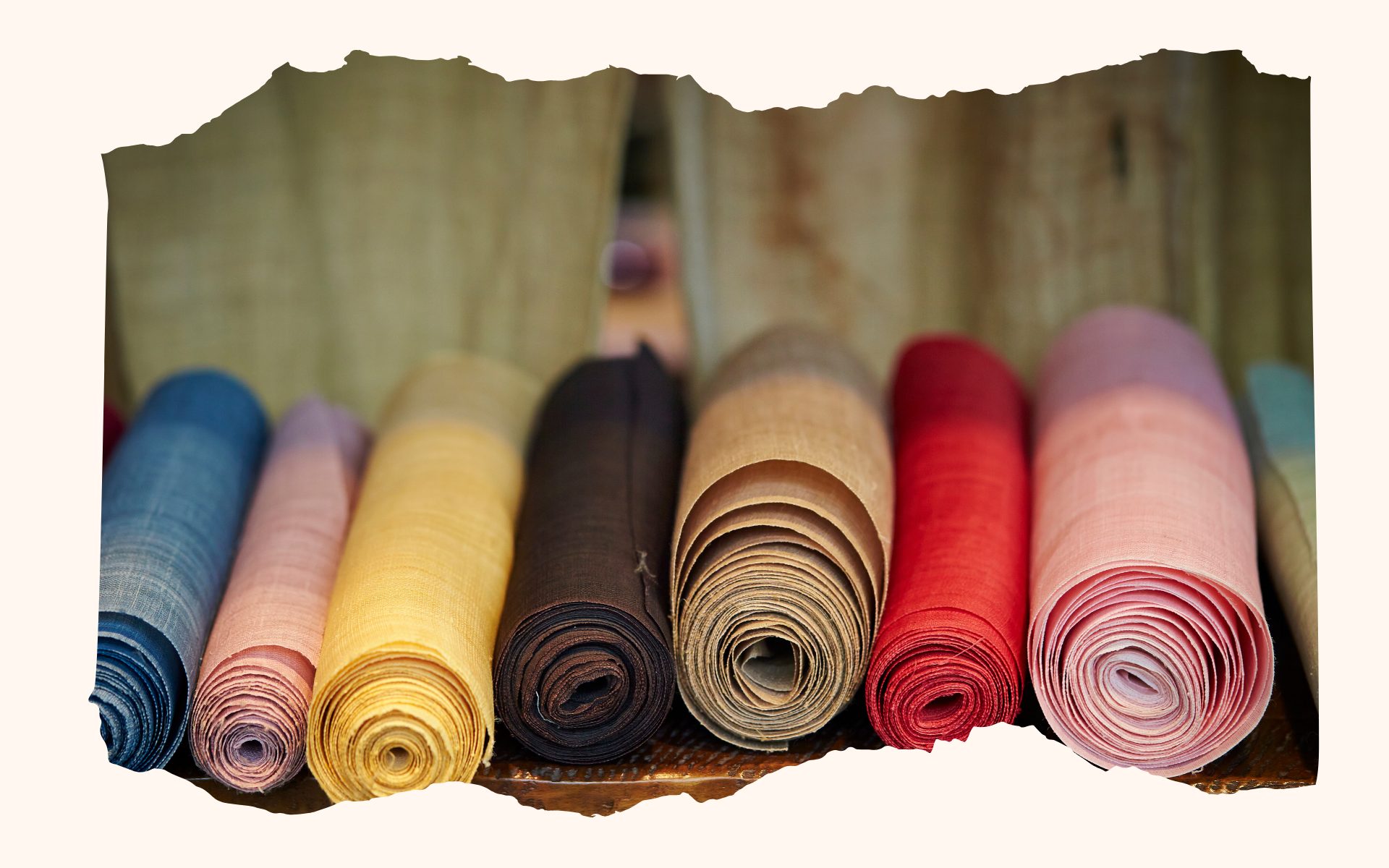



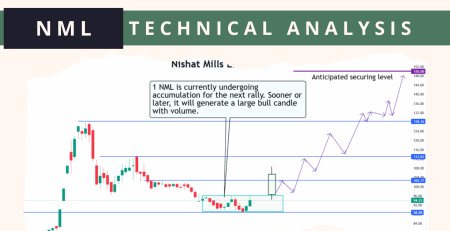
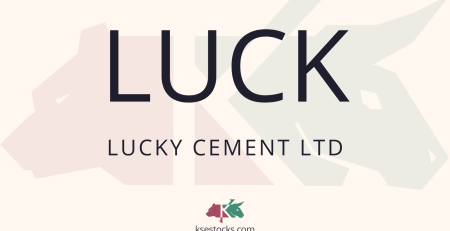
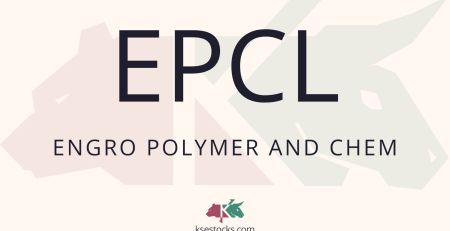

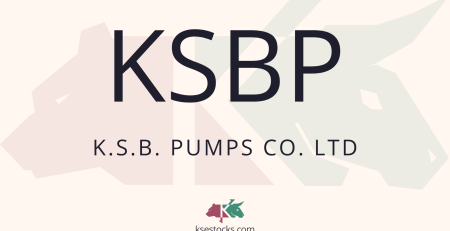
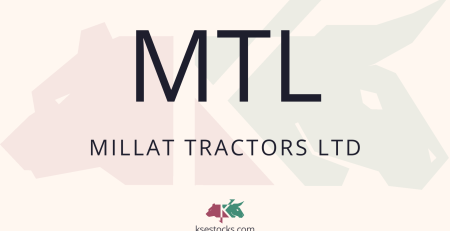
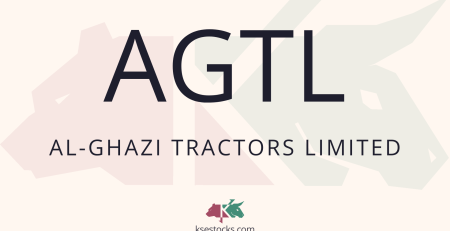
Leave a Reply